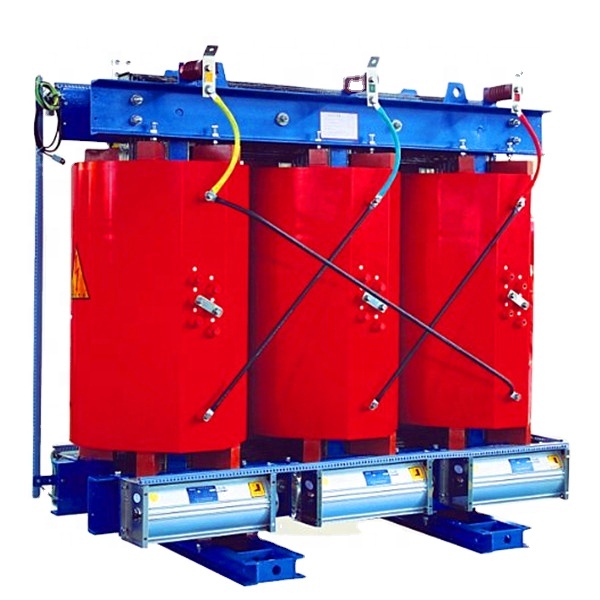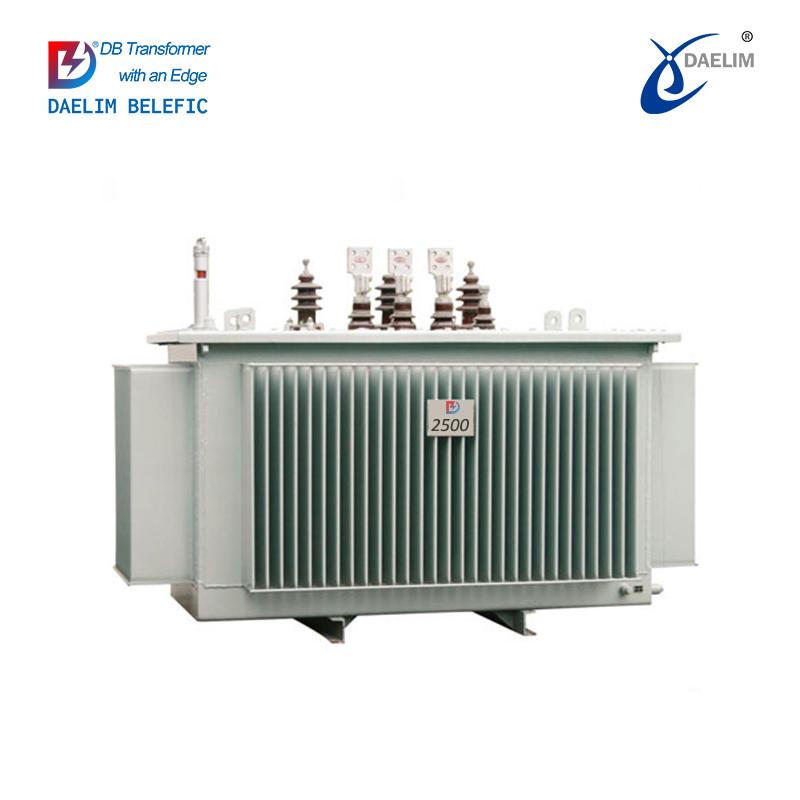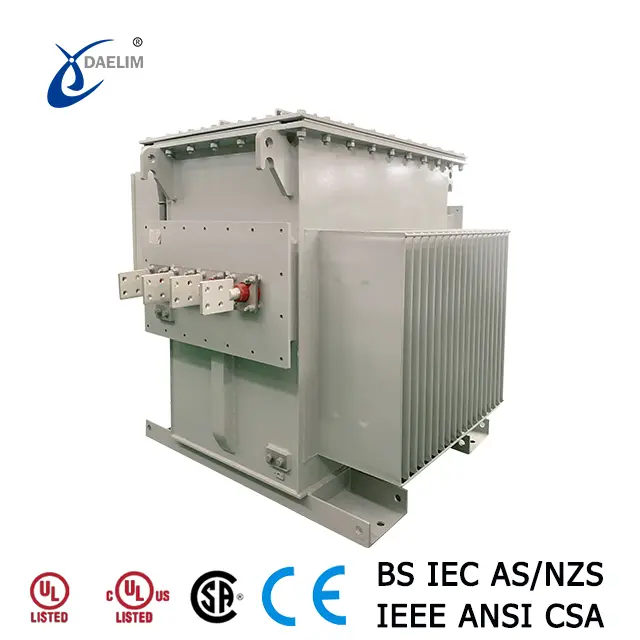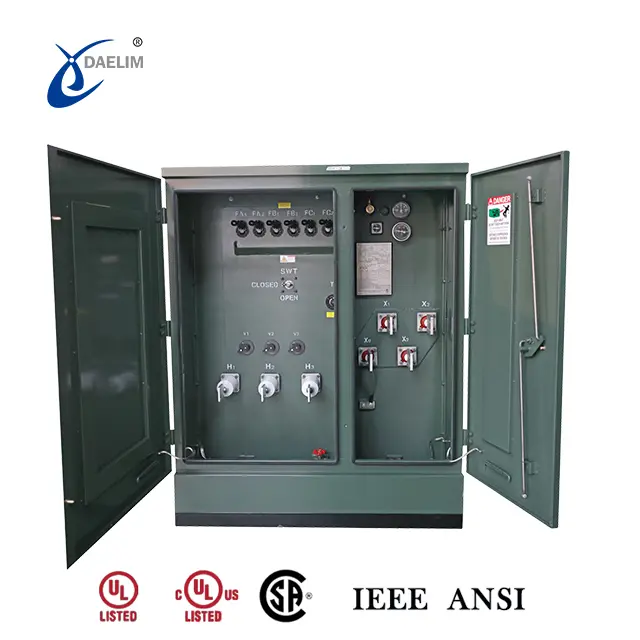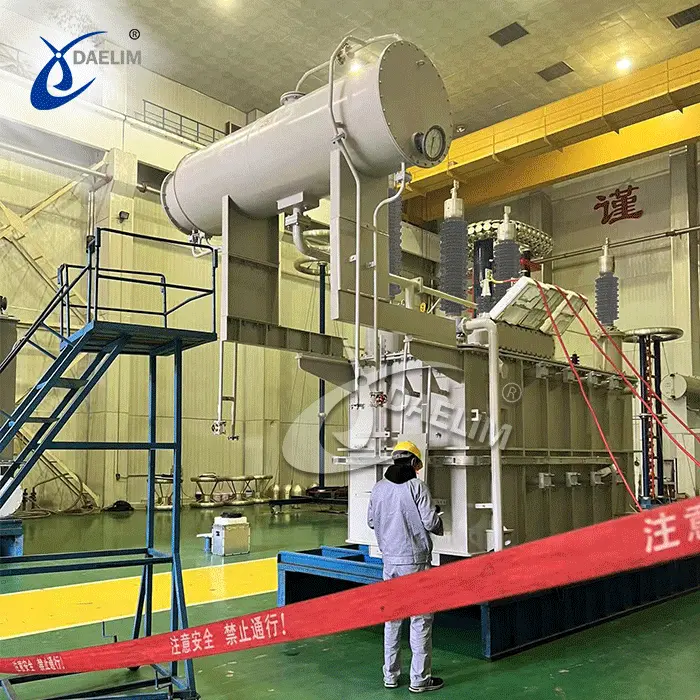Prevention and Treatment Measures for Transformer Core Grounding Faults
During Transformer Installation and Maintenance
-
Measure the insulation resistance of the core and clamps.
-
Insulate and wrap any core grounding connection pieces or wires that are not insulated.
-
Lead the grounding wire to an accessible location for measurement during operation, and regularly check the core grounding current, which should generally be around 0.5A or less.
Strengthen Transformer Operation Supervision
-
Regularly measure the core grounding current during operation inspections.
-
Strictly adhere to the transformer oil chromatography analysis cycle. Note: When using the three-ratio method to diagnose core grounding faults, ensure that the gas content in the oil is sufficiently high (generally exceeding the attention value) to avoid misjudgment and unnecessary economic losses.
Temporary Measures for Core Grounding Faults
-
If immediate shutdown is not possible, connect a resistor in series with the grounding loop for large grounding currents. Consider adding 220V-380V low-voltage lightning arresters on both sides of the resistor to prevent it from opening. Limit the grounding current to 100mA, and open the normal core grounding point. This reduces the current through the silicon steel sheet and the core's heating, preventing fault escalation. Strengthen chromatographic tracking analysis and grounding current measurement during this period.
Handling Multi-point Grounding Faults
-
Avoid rushing to hang the cover to find and fix redundant grounding points. If the insulation resistance is low, use AC melting or DC capacitor energy storage pulse discharge through the normal grounding point to burn out redundant grounding points. This saves resources and avoids long-term power outages. If insulation resistance is not low, drain a small amount of oil, open the grounding sleeve, and inspect and fix the grounding lead. Support with chromatographic analysis data before and after treatment.
Inspection After Cover Lifting
-
Check the core's appearance for faults. If not found, use the following methods:
-
Measure the insulation resistance of through-core bolts and insulating fasteners to check if clamps touch the core.
-
Connect a multimeter between the core and the ground to find the fault through resistance changes. Sweep across possible grounding points with insulating cardboard to observe multimeter pointer changes and pinpoint the location.
-
Apply AC or DC pressure, observe discharge sounds or melting smoke, and take measures to strengthen insulation. If necessary, lift the body or return it to the factory for repair.
-
Design and Manufacturing Considerations
-
Fully consider the insulation margin of the core to the ground and clamps, and arrange space reasonably. Insulate parts or metal components that may affect insulation.
Given the transformer core's structural characteristics, multi-point grounding faults can arise from various factors and forms, affecting safe operation. Preventive measures should be taken in design, manufacturing, installation, operation, and maintenance. Strengthen chromatographic and electrical test supervision, perform early diagnosis, and conduct comprehensive analysis and judgment. Tailor specific processing methods to different situations to minimize fault losses, saving both time and money.
Related Products
Related Article
How to chose Pad Mounted Transformer for Blockchain Projects
Choosing a blockchain transformer involves assessing input/output voltages (e.g., 208V, 240V/415V, 277V/480V) and calculating required kVA. Daelim Transformer offers customized solutions meeting CSA/IEEE standards, supporting North American mining projects with diverse materials, accessories, and expert support for performance and reliability.
Transforming Global Energy Infrastructure with Large Transformers
Large transformers crucial for global electricity transmission. China leads in eco-friendly, advanced tech. Daelim Transformer excels globally with high-performance units, expanding in North America, meeting rising demand.
Causes and Measures for Abnormal Transformer Temperature
Abnormal transformer temperature can result from internal faults, unopened radiator doors, blocked or leaking respirators, poor transformer structure, and cooling device malfunctions. Measures include identifying faults, opening doors, clearing respirators, installing magnetic isolation, and ensuring cooling device functionality.
Requirements for Transformer Core Grounding Points
Transformer cores must have a single grounding point to prevent floating potentials, short-circuit currents, and overheating. Improper grounding can cause insulation damage, increased iron loss, gas generation, and power interruptions, compromising transformer and grid safety.
Manifestation Characteristics of Transformer Core Grounding Fault
Transformer core grounding faults cause overheating, gas production, and insulation damage. Symptoms include increased hydrocarbons in oil analysis, high grounding current, and visible core burns or discharge marks. Accurate diagnosis requires comprehensive testing, electrical measurements, and visual inspections.
Causes and measures for abnormal transformer sound
Abnormal transformer sounds can indicate system overvoltage, overload, loose internal components, static or corona discharge, and loose external accessories. Measures include checking parameters, securing components, ensuring proper grounding, and tightening external parts.

